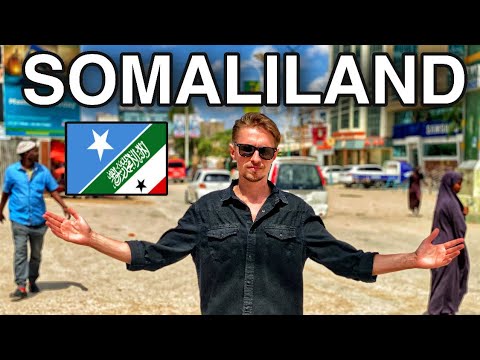
When most people think of the Horn of Africa, the nation that often comes to mind is Somalia. Known for its long coastline along the Indian Ocean and a history marked by civil unrest, Somalia frequently dominates headlines. However, there exists a relatively unknown neighbor in the northwestern part of what most maps label as Somalia: Somaliland.
#### What is Somaliland?
Somaliland declared its independence from Somalia in 1991, following the collapse of the Siad Barre regime which led Somalia into a devastating civil war. Situated between Djibouti to the northwest, Ethiopia to the west and south, and Puntland (a semi-autonomous state in northeastern Somalia) to the east, Somaliland considers itself an independent nation although it is internationally recognized yet as an autonomous region within Somalia.
#### The Quest for Sovereignty
Somaliland’s quest for international recognition remains at the forefront of its foreign policy. Unlike southern Somalia’s tumultuous decades since the fall of Barre’s government, Somaliland has enjoyed relative peace and stability. It has held several democratic elections praised by international observers and has its own government institutions including a military, police force, currency (the Somaliland shilling), and passport.
The quest for recognition isn’t merely about national pride; it’s deeply pragmatic. Recognition could open doors to foreign direct investment, international aid, and trade agreements that are currently beyond grasp owing to its ambiguous sovereignty status.
#### Stability Amidst Unrest
One might wonder how Somaliland has managed relative stability while chaos prevailed elsewhere in Somalia. Partly, this can be attributed to traditional conflict resolution mechanisms rooted deeply in clan-based structures that have been effectively integrated with modern governance systems. Additionally, public consensus on issues such as security has fostered unity among diverse groups within Somaliland.
#### Economic Outlook
Despite lack of formal recognition, Somaliland has carved out a niche economy based on livestock exportation primarily to Middle Eastern markets. Recently, significant investment projects have begun taking shape; notably Berbera Port’s development facilitated by international partnerships including infrastructure investments from countries like the UAE.
Furthermore, prospects in oil exploration conducted by multinational corporations could drastically change the economic landscape if viable extraction commences—and if political circumstances permit stable exploitation.
#### Cultural Richness
Beyond politics and economics, Somaliland boasts a rich cultural heritage with sites such as Laas Geel containing some of Africa’s earliest known cave paintings estimated to be several thousand years old. This underscores not only historical but also potential tourism sectors which remain largely untapped due to travel advisories and lack of recognition.
#### Challenges Ahead
The road ahead is not without challenges; disputes over territory with Puntland continue sporadically while internal issues like youth unemployment require robust solutions. Moreover, without international recognition or support from heavyweight nations or organizations like the UN or African Union—the future would be a tough hill climb.
#### Conclusion
As you can see, while it might share historical ties with Somalia, Somaliland presents a unique narrative filled with aspirations toward recognized statehood bolstered by relative peace and democratic governance amidst a region characterized by strife. For those exploring geopolitical shifts or seeking untold stories beyond mainstream media narratives—Somaliland indeed offers an intriguing chapter worthy of attention.
